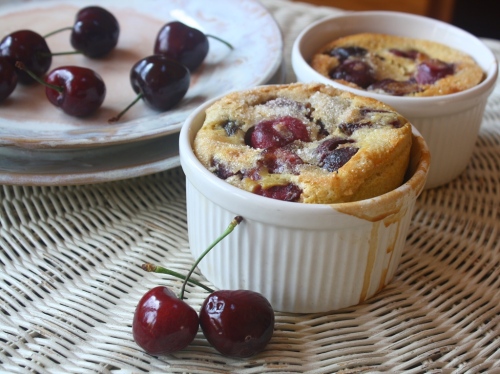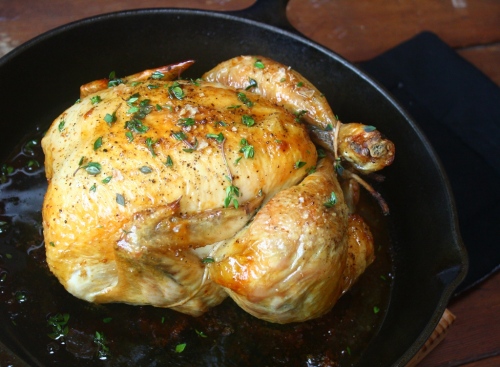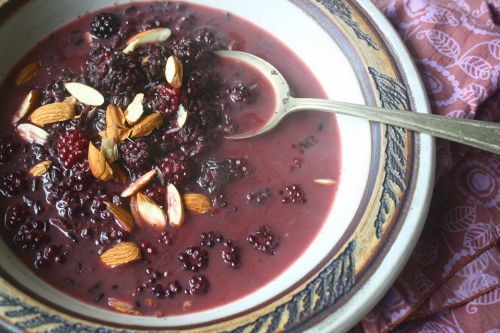ABSTRACT
By
Ermantje Hendrik; M R Pellokila and L M Riwu Kaho
In an attempt to increase agricultural productivity and environtment, it is important to understand farmers’ behaviour and participation in agri-environmental management. farmers’ behaviour has attracted considerable attention, because it has both environmental and socio-economic benefits, if the agri-environmental practices are sustainable or not sustainable. The study was conducted to analyze the influence of sosio-economic factor on farming behaviour and participation in agri-environmental management in Baumata village, Kupang District. The aims of this research are : 1). To study sosio-economic factors influencing farmer behaviour and participation 2). To find out the relationship between farming behaviors and participation through environmental management. This research was a survey study of descriptive method, with samples were farmers who were live and have farming in Baumata Village. The respondents were 75 farmers household chosen with a ramdom sampling technic. Data analysis were conducted with Chi Square methods and Spearman Rank Correlation. Results showed that farming behaviours mean score was 17,84 in range of medium category, and the socio-economic characteristics that influenced farmer’s behaviour in agricultural activities were : age (χ2= 10,306; df = 2; p = 0,006), farming experience (χ2 = 10,720; df = 2; p = 0,005) and income (χ2 = 10,505; df = 2; p = 0,005); while the socio-economic characteristics thats not influenced farmer’s behaviour in agricultural activities were : education (χ2 = 2,725; df = 4; p = 0,605), family size (χ2= 5,096 ; df = 4; p = 0,278). Participation in environmental management mean score was 17,33 in range of medium category, there are no socio-economic characteristics that influenced farmer’s participation, while the socio-economic characteristics thats not influenced farmer’s Participation in environmental management were : age (χ2 = 2,995; df = 2; sig = 0,224 ), education (χ2 = 4,504; df = 2; p = 0,105). Family size (χ2 = 0,667; df = 2; p = 0,716), farming experience (χ2 = 2,575; df = 2; p = 0,276) and income (χ2 = 2,150; df = 4; p = 0,341)
Spearman Rank Correlation test result showed that there were significant relation between farming behaviours with level of Participation in environmental management (rs = 0,383; p = 0,001)
Keywords: Socio-economic factor, farming behaviour, paricipation level, environment management .
Ermantje Hendrik (Erna Hendrik)
Original source: http://ejournal.undip.ac.id/index.php/ilmulingkungan/article/view/10552



